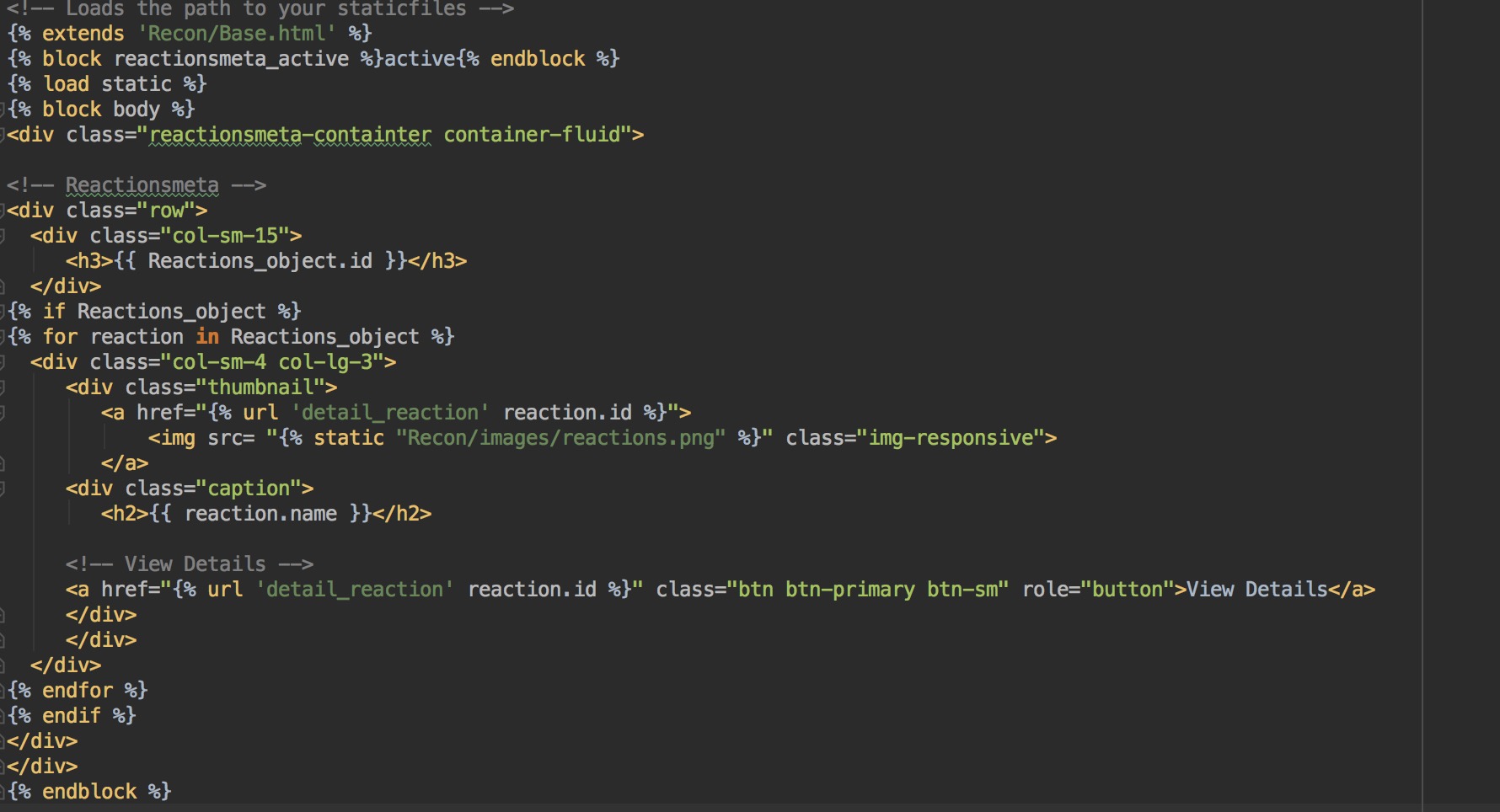Web assuming this minimal example: Web render_to_response(my_template.html, {'foo':foo, 'bar':bar}, context_instance = requestcontext(request)) in the template, i check for the message variable and. {% if var_one %}{{ var_one }}{% endif %} {% if.
{% if var_one %}{{ var_one }}{% endif %} {% if. Web assuming this minimal example: Web render_to_response(my_template.html, {'foo':foo, 'bar':bar}, context_instance = requestcontext(request)) in the template, i check for the message variable and.
Web assuming this minimal example: Web render_to_response(my_template.html, {'foo':foo, 'bar':bar}, context_instance = requestcontext(request)) in the template, i check for the message variable and. {% if var_one %}{{ var_one }}{% endif %} {% if.
Django Templates Learn to Create Your First Template Using HTML
Django Template For Loop Inside Select Renders Values After The Images
{% if var_one %}{{ var_one }}{% endif %} {% if. Web render_to_response(my_template.html, {'foo':foo, 'bar':bar}, context_instance = requestcontext(request)) in the template, i check for the message variable and. Web assuming this minimal example:
Web render_to_response(my_template.html, {'foo':foo, 'bar':bar}, context_instance = requestcontext(request)) in the template, i check for the message variable and. {% if var_one %}{{ var_one }}{% endif %} {% if. Web assuming this minimal example:
{% If Var_One %}{{ Var_One }}{% Endif %} {% If.
Web render_to_response(my_template.html, {'foo':foo, 'bar':bar}, context_instance = requestcontext(request)) in the template, i check for the message variable and. Web assuming this minimal example:
Web render_to_response(my_template.html, {'foo':foo, 'bar':bar}, context_instance = requestcontext(request)) in the template, i check for the message variable and. Web assuming this minimal example: {% if var_one %}{{ var_one }}{% endif %} {% if.



